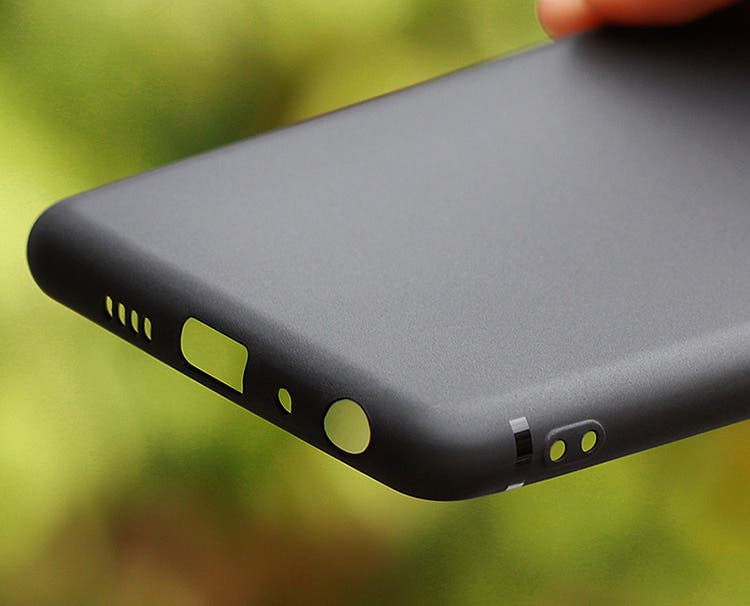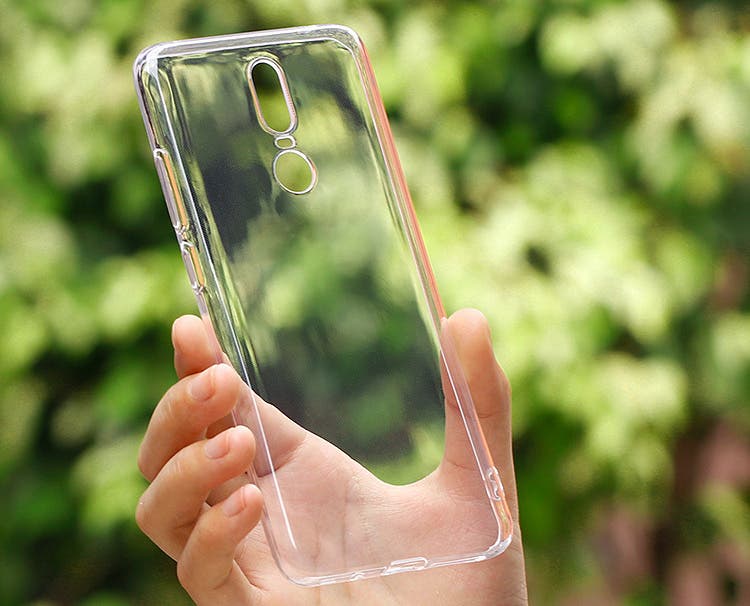We’re just a few weeks away from the official launch event for the OnePlus 6 smartphone, so we should brace up to see even more leaks in the time leading up to the launch event. The latest of such leaks is that of retail images of what it is believed to be the legitimate protective cover of the upcoming device. While Oneplus hasn’t confirmed the authenticity of these cases, they, however, appear real as they corroborate previously leaked renders of the device.
OnePlus unofficial cases for the upcoming OnePlus 6 have surfaced online in clear, transparent and black options. The transparent option is an indication that these protective cases could have been made of Thermoplastic polyurethane (TPU) materials.
Protective cases usually do not reveal a thing about the device display front, but there are a couple of major features that can be spotted. First, the OnePlus 6 leaked cases reveal a camera cut-out designed in a manner that suggests the device will house a dual rear camera in a vertical alignment. Also evident is a LED and a rear-mounted fingerprint scanner which are both located just below the dual camera cut-out.
Other features as revealed by the leaked unofficial protective cases include 3.5 mm audio jack, a Type-C port, speaker grills all located to the bottom, while the volume rockers and power button are found on the right-hand side of the display.
As per previous reports, the OnePlus 6 is expected to arrive as OnePlus’ first water-resistant phone, running on the Snapdragon 845chipset with 256 GB storage option, a 6.28” AMOLED screen, 3,450 mAh battery and a dual 20 MP + 16 MP camera setup. Detail specifications, as well as full specs sheet, will all be confirmed at the launch event slated for May 16.










no mention of the notification slider cut out being missing . Perhaps the two holes on the end near the bottom may be for sensing and setting the modes